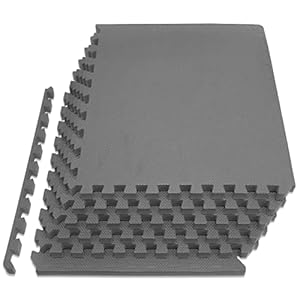Do you know that one out of each ten quilters develops carpal tunnel syndrome? Personally, I by no means thought of it. I figured this situation solely affected “different” individuals. Not so. In the event you’re a quilter, you are in danger.
What’s Carpal Tunnel Syndrome?
The carpal tunnel is a slim passageway that runs alongside the palm facet of your wrist. It covers and protects the principle nerve in your hand and the tendons of your thumb, index and center fingers. While you carry out repetitive actions like hand quilting or rotary chopping, you stretch and compress these tendons. This irritates the nerves and causes irritation and ache. When this happens, it is referred to as carpal tunnel syndrome.
You are additionally in danger should you maintain your palms in the identical place for a very long time. Quilters are responsible of this after they sit at their stitching machines for a lot of hours. In the event you do not give your palms and wrists a
break, you improve your probabilities of growing carpal tunnel syndrome. If left untreated, the injury would possibly develop into everlasting.
What are the Indicators?
- Burning, numbness, aching or tingling on the palm facet
of your thumb, index finger and center finger - Weak point in grip
- Swelling of hand or forearm
- Aching of the wrist or forearm
- Spreads to arm or shoulder
- Depth will increase at evening or within the morning
Keep away from Carpal Tunnel Syndrome
Regulate Your Chair
Regulate your chair peak so your forearms are degree with the stitching mattress (needle space). Your arms ought to kind an “L” form. In the event you habitually drop your wrists whereas stitching, spend money on an ergonomic wrist pad.
Assist your Ft
In case your toes dangle after you regulate your chair, use a guide or footrest to fill the hole. Be sure the footrest has a non-slip backside and slopes 10 to twenty levels.
Regulate the Top of your Slicing Desk and Ironing Board
- Stand together with your arms at your sides.
- Bend your arms on the elbows, straight in entrance of you. Your arms ought to kind an “L” form.
- Decrease your arms an inch or two. This provides your elbows sufficient room to maneuver with out hitting the desk.
- That is the correct peak in your chopping and ironing surfaces.
Rotary Slicing: Work in Shorter Intervals
While you use a rotary cutter, you carry out repetitious actions. This consists of squeezing the deal with and making use of power to make your cuts. In the event you repeat these actions lengthy sufficient, you will expertise a sense of numbness. That is since you’ve reduce off circulation to your hand. Take this as a warning, and cease chopping.
I am excited to report that there is a new ergonomic rotary cutter in the marketplace. It has a padded deal with which takes a few of the power off your hand and spreads it over a bigger space. Which means much less injury to your hand.
Take Quick Breaks
It is simple to lose monitor of time while you’re stitching a masterpiece. However attempt to take a ten-minute break each hour. This retains your circulation flowing and lets you focus higher. It additionally offers your muscular tissues and tendons an opportunity to loosen up. In the event you’re like me and you do not watch the clock while you’re
stitching, set a timer.
Do Stretching Workout routines:
- Shake your palms
- Roll your wrists
- Bend and flex your fingers
- Stretch your arms to the facet and over your head
- Roll your arms in a circle
- Be artistic!
Forestall carpal tunnel syndrome by preserving posture, adjusting your stitching room furnishings, supporting your toes and taking frequent breaks. In the event you expertise indicators of carpal tunnel syndrome, search medical assist immediately.
© 2004 http://sewaquilt.com
In the event you borrow this text, please use the unique content material. No modifications or enhancing permitted. You should embody the byline, copyright and writer bio field.
Trending Merchandise










